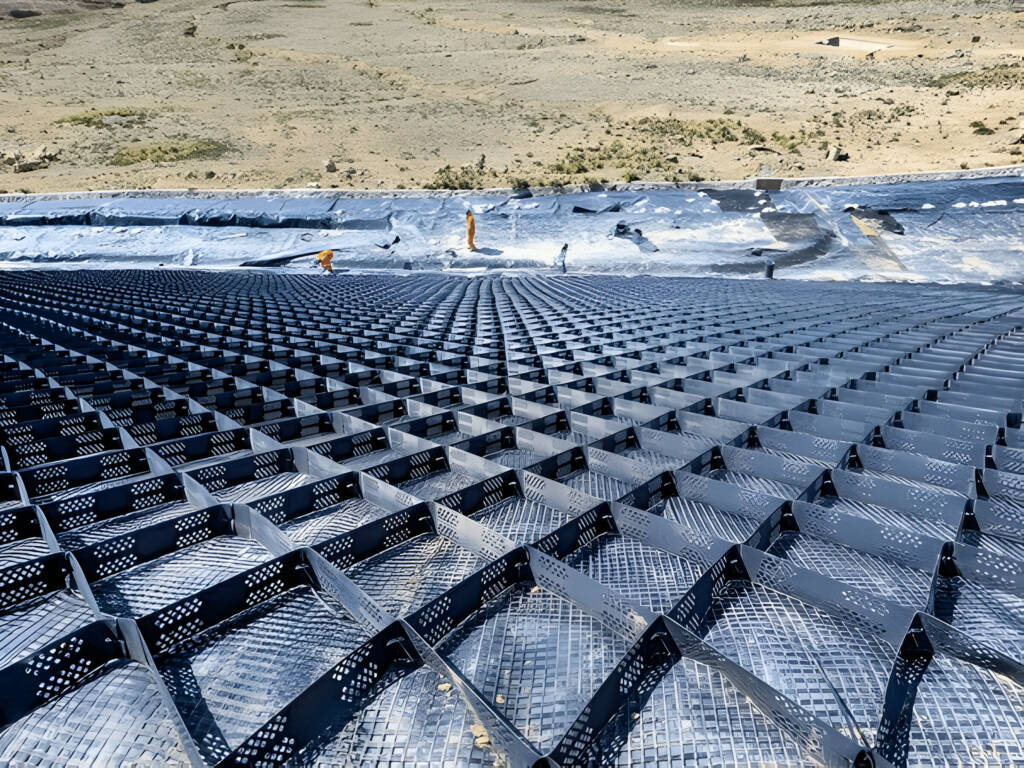The Role of Geosynthetics in Sustainable Infrastructure Development
In today’s world, where sustainability has become a cornerstone of development, the construction industry is continuously seeking ways to reduce environmental impact while maintaining efficiency and durability. One of the most significant advancements in this direction has been the widespread adoption of geosynthetics in infrastructure development. These innovative materials, including geomembranes, geotextiles, and geocomposites, are not only enhancing the longevity of construction projects but also contributing significantly to sustainable practices.
What Are Geosynthetics?
Geosynthetics are synthetic materials used in civil engineering and construction projects to improve soil behavior, control erosion, and provide structural reinforcement. They are made from polymers such as polypropylene and polyester, which are known for their strength and durability. The use of geosynthetics has grown rapidly in recent years due to their versatility and effectiveness in a variety of applications.

Sustainability Benefits of Geosynthetics
-
Reduction in Raw Material Usage:
Geosynthetics allow for the reduction of natural materials like sand, gravel, and stone in construction projects. For example, using geotextiles in road construction can reduce the amount of aggregate needed, conserving natural resources and reducing the carbon footprint associated with material transportation. -
Extended Lifespan of Infrastructure:
The durability of geosynthetics significantly extends the lifespan of infrastructure projects. Geomembranes, for example, provide a barrier to moisture, chemicals, and other harmful substances, preventing degradation and prolonging the life of structures such as landfills, dams, and reservoirs. -
Improved Environmental Protection:
Geosynthetics play a crucial role in protecting the environment. Geosynthetic clay liners (GCLs) and geomembranes are commonly used in landfills to prevent the leaching of contaminants into the soil and groundwater. These materials ensure that harmful substances are contained, reducing the risk of environmental pollution. -
Enhanced Energy Efficiency:
By improving the structural integrity of roads, railways, and embankments, geosynthetics reduce the need for frequent maintenance and repairs. This not only conserves energy but also minimizes the disruption caused by construction activities, contributing to more sustainable urban environments.
Real-World Applications
The use of geosynthetics is widespread in various sectors, from civil engineering to environmental protection. In road construction, geotextiles are used to stabilize the soil, prevent erosion, and extend the life of the roadway. In environmental engineering, geomembranes and GCLs are employed in containment systems for hazardous waste, ensuring that harmful substances do not seep into the environment.
Conclusion
Geosynthetics are proving to be indispensable in the pursuit of sustainable infrastructure development. Their ability to reduce raw material usage, extend the lifespan of projects, and protect the environment makes them a vital component of modern construction practices. As the demand for sustainable solutions grows, the role of geosynthetics in building a greener future will only continue to expand.




